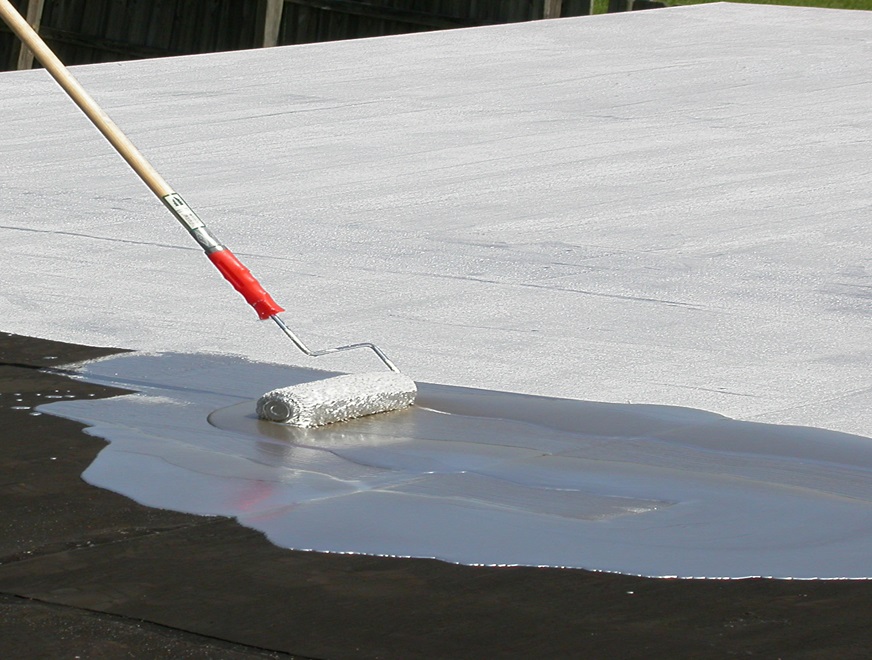DIY Waterproofing Techniques: Advice for the Casual Project Planner
Waterproofing is a vital aspect of home and construction maintenance that often gets ignored until it's too late. As weekend warriors, we take satisfaction in taking on DIY projects that enhance the safety and longevity of our homes. Understanding waterproofing is necessary not just for preventing costly repairs but also for creating a comfortable living environment. Whether it's your basement, ceiling, or exteriors, the right waterproofing techniques can conserve you thousands of dollars and protect your investment.
In this guide, we will explore all you need to know about waterproofing, including typical myths, the importance of various applications, and the signs showing that your property may need waterproofing. We will also examine the DIY versus professional approaches, providing you with the information to make wise decisions that best suit your needs and resources. Let's prepare and ensure our homes stay dry and safe for years to come.
The Importance of Waterproofing
Waterproofing is essential for every home and building as it offers a strong barrier against water damage, which can result in major repairs and structural issues over time. High levels of moisture can deteriorate foundations, foster mold growth, and destroy interior finishes. By utilizing proper waterproofing measures, homeowners not only preserve their assets but also provide a healthier living environment free from harmful mold and mildew.
Overlooking the need for waterproofing can result in costly repairs that far exceed the first investment in protective measures. Water damage can undermine the integrity of a building, leading to grave issues such as rotting wood, rusting metals, and unattractive stains on walls and ceilings. By proactively waterproofing various areas, such as basements, roofs, and bathrooms, property owners significantly minimize their long-term repair costs and improve their overall property value.
Moreover, waterproofing plays a key role in energy efficiency. A properly sealed building decreases drafts and prevents water intrusion, which can lead to higher energy bills. In green construction, efficient waterproofing contributes to a building's durability and resilience against environmental challenges. Utilizing wet basement Toronto is not merely a defensive strategy; it is a forward-thinking approach to maintaining the value and functionality of all property.
DIY Waterproofing Techniques
An efficient DIY waterproofing techniques is using a waterproof sealant to your basement walls. Begin by washing the surface meticulously to eliminate any dirt, dust, or old paint. After the surface is clear and dry, apply a premium waterproofing sealant with a brush. This will form a barrier that prevents moisture from penetrating the walls, thus reducing the risk of mildew growth and water damage. Don't forget to pay extra attention to any gaps or seams, as these areas are often the most vulnerable.
Additionally useful technique is to concentrate on proper drainage around your premises. Ensure that gutters and downspouts are operational correctly and directing water away from your foundation. You can also set up a French drain or improve the grading of your yard to promote better water flow. By redirecting rainwater away from your home, you greatly reduce the pressure on your foundation and lower the chances of water penetrating in. Consistent maintenance of your drainage systems is crucial to ensure continuous protection.
Finally, think about waterproofing your outdoor spaces, such as patios and patios. Using a waterproof coating can increase the life of these areas and stop water damage. Look for products specifically designed for outdoor use, and verify the surface is clean and dry before application. By taking these preventative steps, you can safeguard your investment and create a long-lasting living space, all while successfully engaging in DIY waterproofing.
Choosing the Right Waterproofing Options
Deciding on the right waterproofing option for your building depends on several factors, like the particular areas that need protection, the local climate, and your budget. It's essential to first assessing the most vulnerable areas, such as basements, restrooms, roofs, and foundations. Each area may require different products and techniques to effectively prevent water intrusion and damage. Knowing the different types of waterproofing systems that you can choose from, such as interior vs. exterior solutions, will help you in choosing the best choice for your needs.
Once you have identified the areas of concern, research the various waterproofing products on the market. Look for coatings, membranes, sealers, and additives that fit your specific requirements. It's important to consider the longevity and effectiveness of these products, as well as any available warranties. User reviews and professional recommendations can provide valuable insight into the performance of different waterproofing solutions. Don't hesitate to consult professionals if you are uncertain about the best option for your needs.
Finally, think about whether a DIY approach or employing a professional is the right path for your waterproofing project. While DIY solutions can save money and give you hands-on experience, they may not always yield the best results, especially for more complex or more complicated jobs. On the other hand, professional services can ensure a thorough execution and compliance with local building codes. Evaluating the pros and cons of each approach will assist you decide which way to proceed, ultimately leading to effective waterproofing that secures your property.
